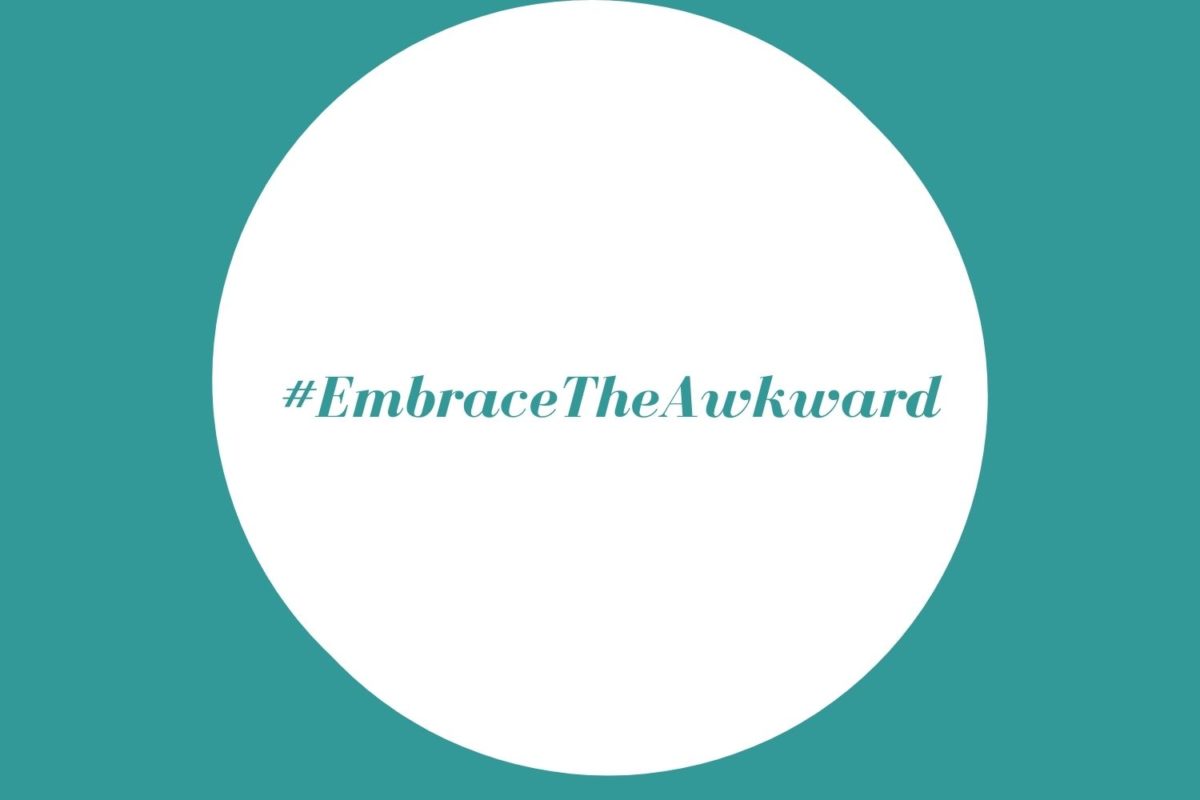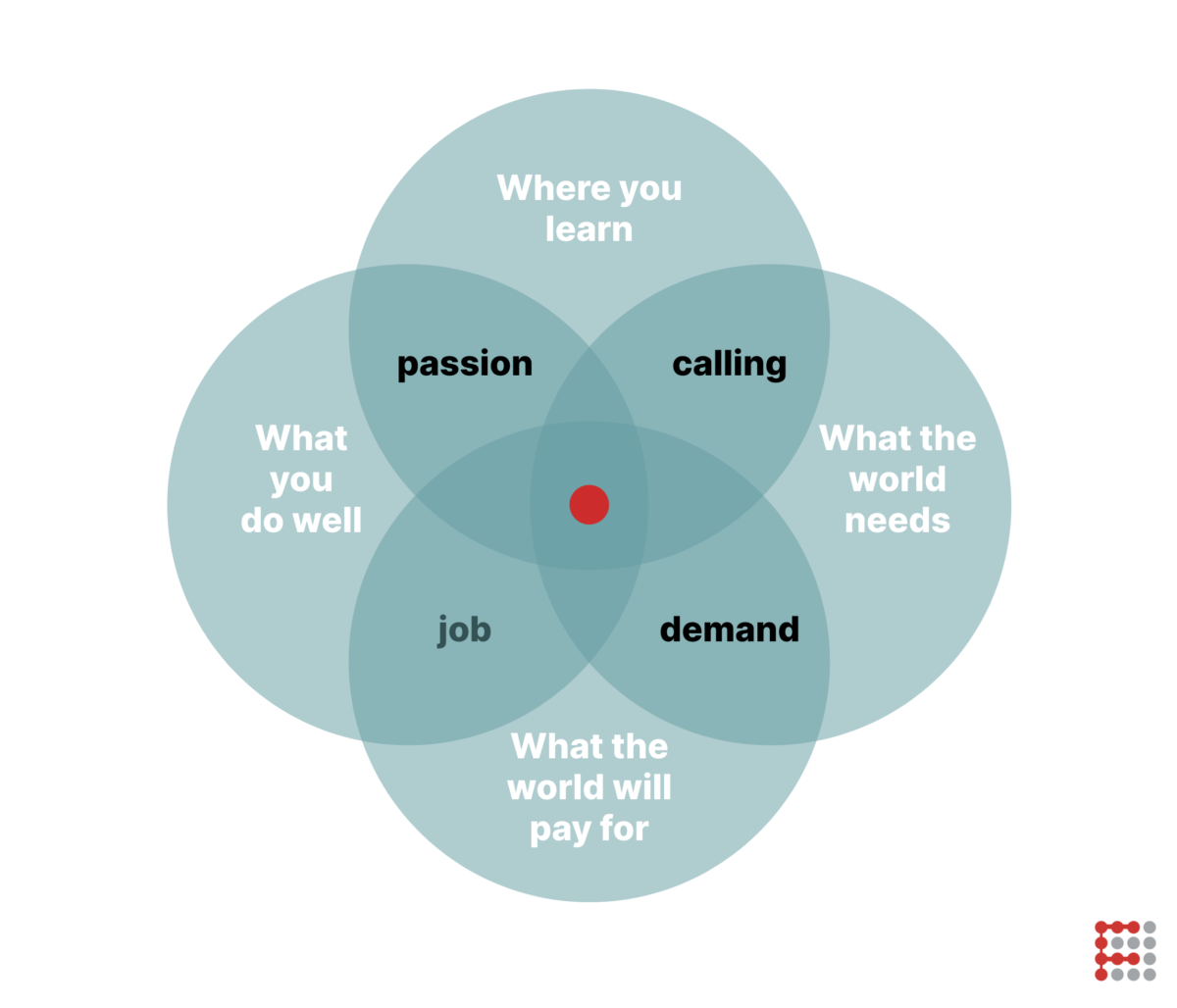#EmbraceTheAwkward is a social science-based movement to save lives from coronavirus.
According to the World Health Organization, the novel coronavirus that causes COVID-19 has already sickened almost 209,000 and killed over 8,000 people worldwide — to stop its spread and flatten the curve, we need to change our behavior now.
With many people “sheltering in place” and working from home, many of us feel scared, uncertain, and are trying to navigate the awkwardness of our new reality. People want to stop the spread of the virus, but adjusting our lives and changing our routines is hard.
Is it safe to meet our friends in the park? What about going for a run? What should I do when I have to go to the grocery store? What if the toilet paper runs out? How do I work from home with family, pets, and distractions in the mix? Let’s face it, social distancing is awkward.
We say — #EmbraceTheAwkward.
“My friend went to the grocery store and someone stood close behind her and was coughing. She didn’t know what to say, so she didn’t say anything. Fighting coronavirus contagion is in many ways a psychological and cultural battle. Social norms need to change quickly or more people are going to get sick.” -Lauren Aguilar, PhD
Do we shame people? No. Do we stay silent? No.
We need a culture shift, and fast.
But how do we get there? Culture change happens when each person, one by one, practices a small behavioral change which influences others to adopt the change, until the movement gains momentum and it becomes strange to not do the new thing. Behavioral change science says we can lead by example to persuade others to follow. It’s peer pressure, but in a nice way.
So, what does embracing the awkward mean?
It’s doing your part to establish the new normal. It’s sharing the awkwardness so others feel less alone. It’s saying “let’s hang out alone, together.” It’s finding moments of humor and connection in these tough times.
JOIN THE #EmbraceTheAwkward MOVEMENT
It’s good ol’ show and tell time.
Post pictures, make videos, of how you are embracing the awkward of living/working/parenting in the time of coronavirus.
Or print out the image above and post a selfie or video with it. Say “embrace the awkward” in the pic/video while you hold the image.
Use the #EmbraceTheAwkward hashtag to join the movement.
The more people who post, the more this will make safe (and awkward) behaviors normative.
STAY HOME, AND IF YOU MUST GO OUT, STAY 6 FEET AWAY FROM OTHERS
Building on what the doctors are saying, stay home. Our rally cry is – when you have to go out for essential supplies, stay 6 feet away from others.
The CDC recommends keeping a 6 foot responsible radius from other people to stop the spread of germs. Sound super socially awkward? Yes, yes it does. Until we embrace the awkward, more and more people are going to get sick. And millions of people are going to be riddled with fear, confusion, and maybe even a little anger when they need to leave their house. Let’s embrace the awkward together.
Embracing the awkward is proactively choosing to shelter in place and protect the vulnerable members of our communities. It’s social distancing to save someone else’s life, not just your own.
Wear the hashtags #EmbraceTheAwkward #6FeetSavesLives on a t-shirt, a hat, a bag. When you do have to go out, the message will speak for itself so you don’t have to.
BUSINESSES NEED TO TAKE RESPONSIBILITY FOR SHOPPER SAFETY
Businesses that supply basic need items — think pharmacies, groceries, and gas — should come up with new behavior rules of shopping and ways of persuading people to use safe behavior while shopping.
Giving people a structure for their behavior change helps enormously. For example, in Denmark they put stickers on the floor in pharmacies that guided people to wait 6 feet apart while in line.
We know from the science of persuasion, that people will respond to particular types of peer pressure. A sign at the front of the store laying out the rules of shopping helps, but getting people to follow them is another story.
Businesses should set up new norms for behavior by posting signs around the store (near where the action may happen) conveying that most people are using safe shopper behavior. For example, in the produce aisle “95% of people only touch what they buy” or “90% of people wipe down the cart handle with disinfectant before and after using.”
“The science is clear that it lowers our stress to focus on what we can control. Keep a safe distance from one another, reframe our brain to what’s positive, and share hilarious awkward photos of this ‘new normal’ are all evidence-based behaviors that work!” -Sally Thornton
Let’s keep it safe, keep it socially awkward. #EmbraceTheAwkward









